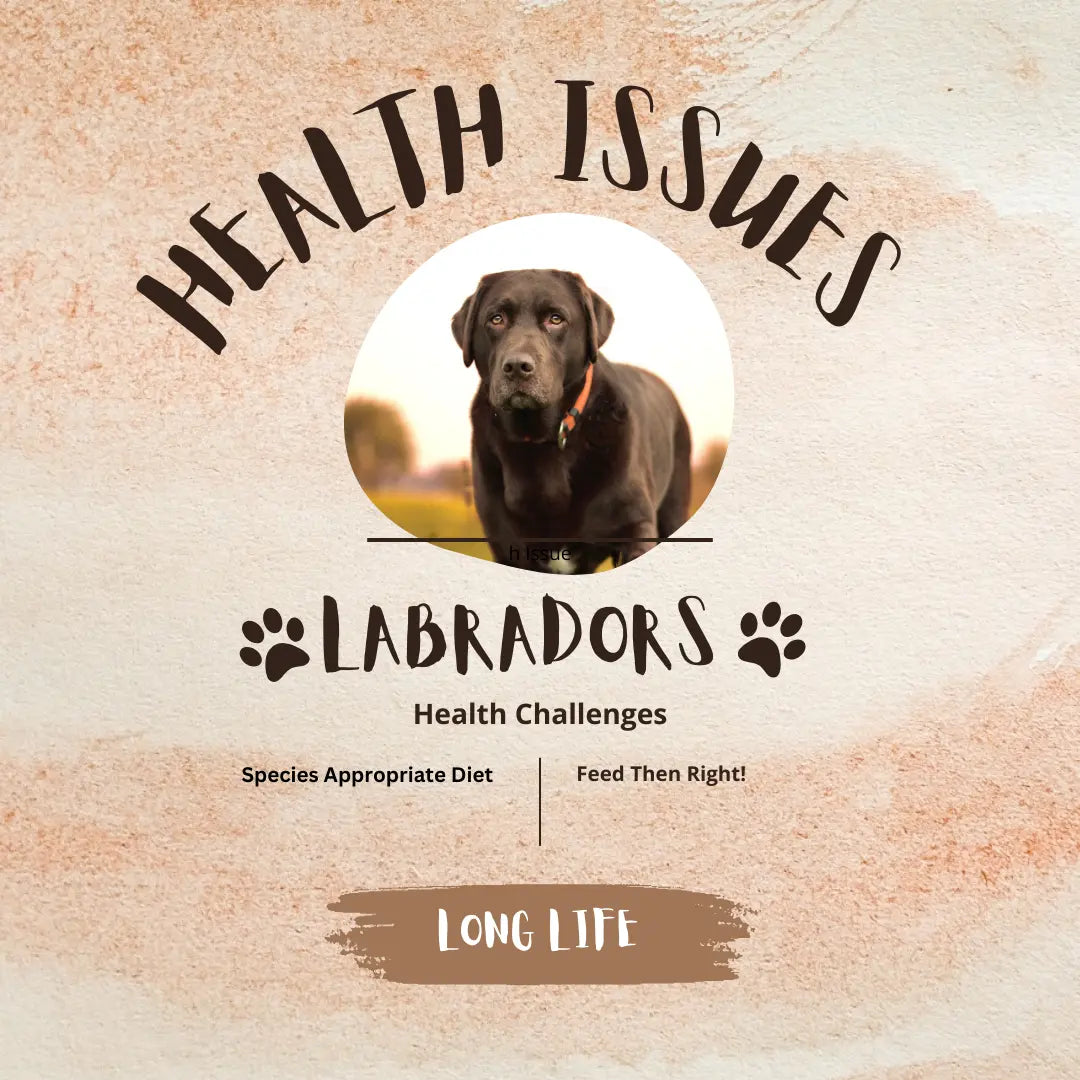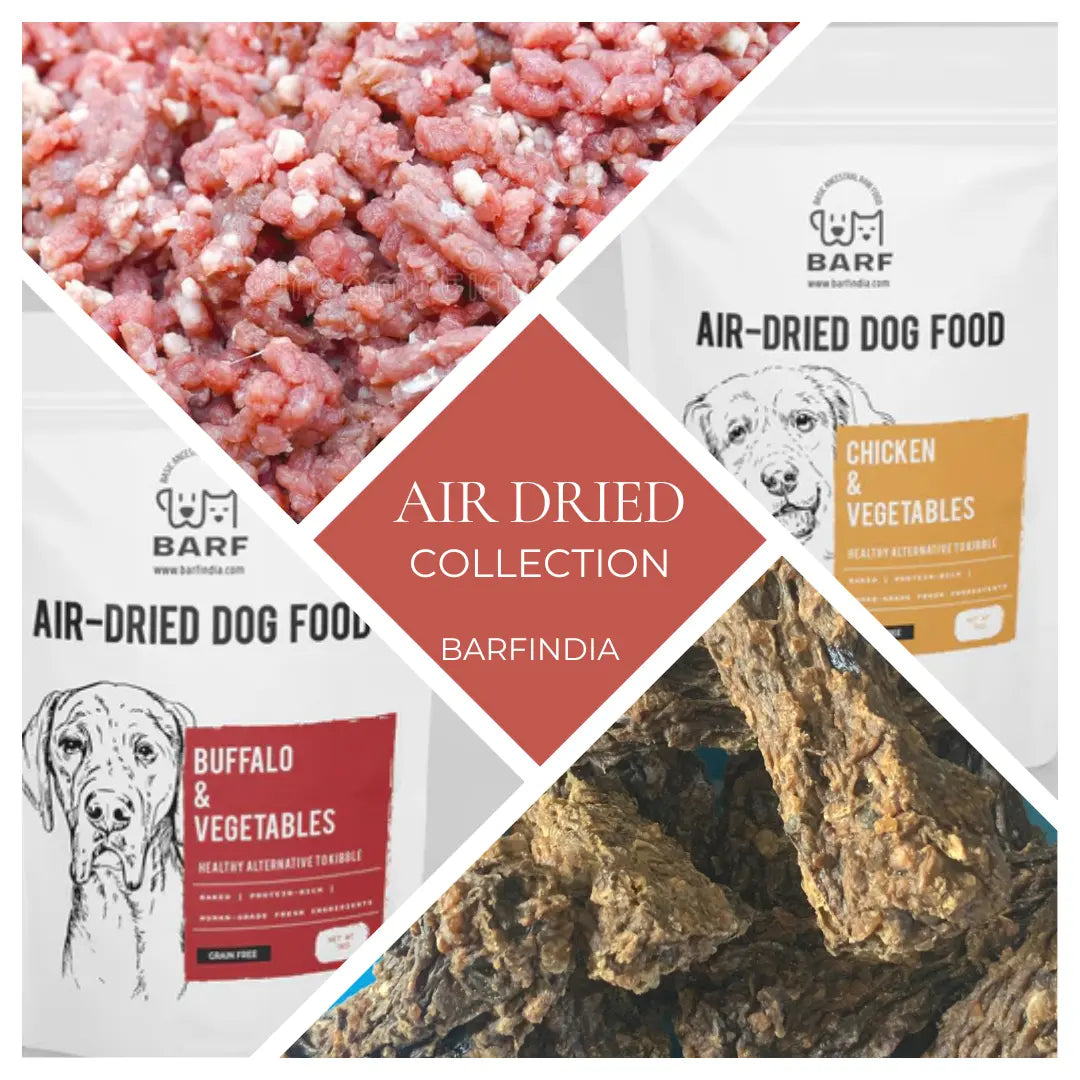
Common Health Issues in Labradors
Nivedita FernandesHealth Issues in Labradors: A Comprehensive Guide
Labradors are one of the most beloved dog breeds worldwide, known for their friendly temperament, intelligence, and loyalty. However, like all breeds, Labradors are prone to specific health issues. Understanding these conditions can help Labrador owners take proactive measures to ensure their pets live long, healthy lives.
Common Health Issues in Labradors
Labradors are generally healthy dogs, but they have a genetic predisposition to certain health problems. Here are some of the most common health concerns in this breed:
1. Hip and Elbow Dysplasia
What is Hip and Elbow Dysplasia?
Hip and elbow dysplasia are genetic conditions where the joints develop abnormally, leading to arthritis and mobility issues. This condition is particularly prevalent in large breeds like Labradors.
Symptoms:
-
Difficulty rising
-
Limping or lameness
-
Decreased activity levels
-
Reluctance to climb stairs or jump
Prevention and Management:
-
Regular veterinary check-ups
-
Maintaining a healthy weight
-
Providing joint supplements (e.g., glucosamine and chondroitin)
-
Physical therapy and low-impact exercises like swimming
2. Obesity
Why Are Labradors Prone to Obesity?
Labradors have a voracious appetite and a genetic mutation (POMC gene) that affects their ability to regulate hunger, making them prone to overeating.
Risks Associated with Obesity:
-
Joint issues
-
Heart disease
-
Diabetes
-
Shortened lifespan
Prevention:
-
Feeding a balanced diet
-
Measuring portion sizes
-
Regular exercise
3. Progressive Retinal Atrophy (PRA)
What is PRA?
Progressive Retinal Atrophy is an inherited eye condition that leads to the degeneration of the retina and eventual blindness.
Symptoms:
-
Night blindness
-
Dilated pupils
-
Reluctance to move in low-light conditions
Management:
While there is no cure, early diagnosis through genetic testing can help breeders avoid passing this condition to future generations.
4. Ear Infections
Why Are Labradors Prone to Ear Infections?
Labradors have floppy ears, which can trap moisture and debris, creating a breeding ground for bacteria and yeast.
Symptoms:
-
Scratching at the ears
-
Redness and swelling
-
Foul odor
-
Discharge from the ears
Prevention:
-
Regular ear cleaning
-
Drying ears thoroughly after swimming
-
Using vet-recommended ear cleansers
5. Gastric Dilatation-Volvulus (GDV)
What is GDV?
GDV, also known as bloat, is a life-threatening condition where the stomach fills with gas and twists, cutting off blood flow.
Symptoms:
-
Swollen abdomen
-
Restlessness
-
Retching without vomiting
-
Rapid heart rate
Prevention:
-
Feeding smaller, frequent meals
-
Avoiding vigorous exercise after eating
-
Using elevated feeding bowls
6. Exercise-Induced Collapse (EIC)
What is EIC?
Exercise-Induced Collapse is a genetic condition causing muscle weakness and collapse after intense physical activity.
Symptoms:
-
Wobbling or staggering
-
Weakness in the hind limbs
-
Collapse after exercise
Management:
-
Genetic testing
-
Avoiding strenuous activities
-
Keeping exercise moderate
7. Heart Diseases
Common Heart Conditions in Labradors:
-
Tricuspid Valve Dysplasia (TVD)
-
Dilated Cardiomyopathy (DCM)
Symptoms:
-
Coughing
-
Lethargy
-
Difficulty breathing
-
Fainting spells
Prevention and Management:
-
Regular cardiac screenings
-
Providing a heart-healthy diet
-
Administering medications as prescribed by a vet
8. Cancer
Common Types of Cancer in Labradors:
-
Lymphoma
-
Hemangiosarcoma
-
Osteosarcoma
Symptoms:
-
Lumps or bumps
-
Weight loss
-
Lethargy
-
Loss of appetite
Management:
-
Early detection through regular vet check-ups
-
Treatment options include surgery, chemotherapy, and radiation therapy
9. Cold Tail Syndrome
What is Cold Tail Syndrome?
Also known as "limber tail," this condition affects the tail muscles, causing pain and temporary immobility.
Symptoms:
-
Drooping tail
-
Reluctance to wag the tail
-
Pain near the tail base
Causes:
-
Overexertion
-
Cold water exposure
Management:
-
Rest and anti-inflammatory medications
-
Avoiding overexertion in cold environments
10. Hot Spots
What Are Hot Spots?
Hot spots are localized areas of skin inflammation caused by itching, licking, or scratching.
Symptoms:
-
Red, moist, and painful patches of skin
-
Hair loss around the affected area
Prevention and Treatment:
-
Regular grooming
-
Keeping the skin clean and dry
-
Using medicated shampoos or creams as prescribed
Tips for Keeping Your Labrador Healthy
Regular Vet Visits
Routine veterinary check-ups can help detect health issues early, making treatment more effective.
Balanced Diet
Feed your Labrador a high-quality diet tailored to their age, size, and activity level. Avoid overfeeding and monitor treats.
Regular Exercise
Labradors are active dogs and require daily exercise to maintain a healthy weight and mental well-being. Engage in activities like walks, fetch, and swimming.
Preventive Care
Invest in preventive measures such as vaccinations, flea and tick control, and dental care to keep your Labrador healthy.
Genetic Testing
If you’re getting a Labrador puppy, choose a reputable breeder who conducts genetic testing to minimize the risk of inherited conditions.
Conclusion
Labrador Retrievers are wonderful companions, but they come with their share of health challenges. By understanding these common issues and taking proactive measures, you can ensure your Labrador enjoys a long, healthy, and happy life. Regular vet visits, a balanced diet, and proper care are key to managing the health of this beloved breed.
By staying informed and vigilant, Labrador owners can provide the best possible care for their furry friends, ensuring they thrive for years to come.



